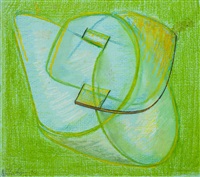Naum Gabo
(British/Russian, 1890–1977)
Biography
Naum Gabo was a Russian sculptor involved in the Constructivist movement alongside Vladimir Tatlin. Employing materials such as glass, celluloid, plastic, stone, and metal, Gabo produced sculptures which sought to redefine traditional views on form and space. “Art is not concerned with the meditation about what is and how it came to be. That is a task for knowledge,” he once reflected. “Knowledge is born of the desire to know, art derives from the necessity to communicate and to announce.” Born Naum Borisovich Pevzner on August 5, 1890 in Bryansk, Russia, the artist studied medicine, art history, and philosophy at the University of Munich. Gabo changed his given last name early in his career to distinguish himself from his brother, the painter Antoine Pevsner. During World War I, Gabo took refuge in the city of Oslo for a number of years, returning to Russia only after the war had ceased. In Moscow, he became involved with Constructivism, producing works such as Head No. 2 (1916). However, Gabo’s interest in formal exploration were largely outside the political agenda of the newly formed Bolshevik state. Disillusioned by Moscow, Gabo moved to Berlin in 1922, lecturing at the Bauhaus and meeting a number of avant-garde artists including Kurt Schwitters. Due to the rise of the Nazi Regime in Germany, the artist moved first to Paris, then England, before settling in the United States in 1946. He died on August 23, 1977 in Waterbury, CT. Today, Gabo’s works are held in the collections of the Tate Gallery in London, The Museum of Modern Art in New York, and the National Gallery of Art in Washington, D.C., among others.
Naum Gabo
(234 results)
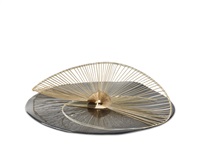
Naum Gabo
Bas-relief on a circular surface, semi-spheric, 1938
Sale Date: October 21, 2022
Auction Closed
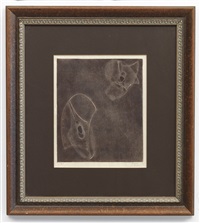
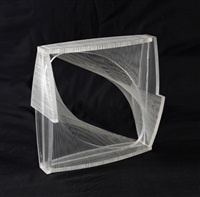
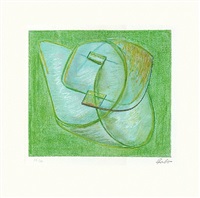
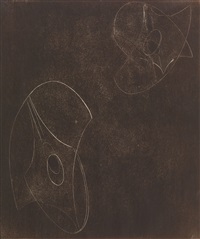
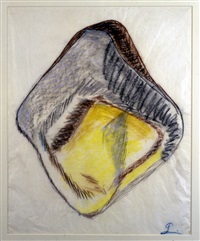
.jpg)
.jpg)
.jpg)
.jpg)
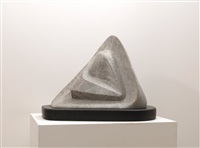
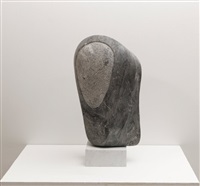

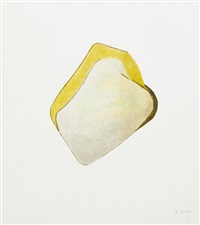


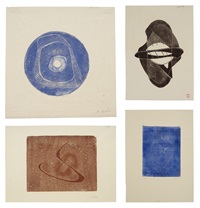
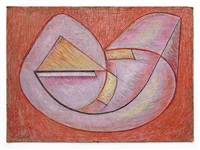
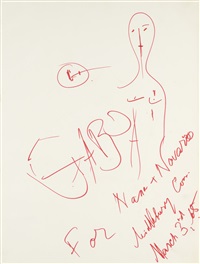
.jpg)
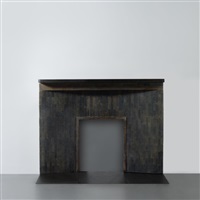
.jpg)
